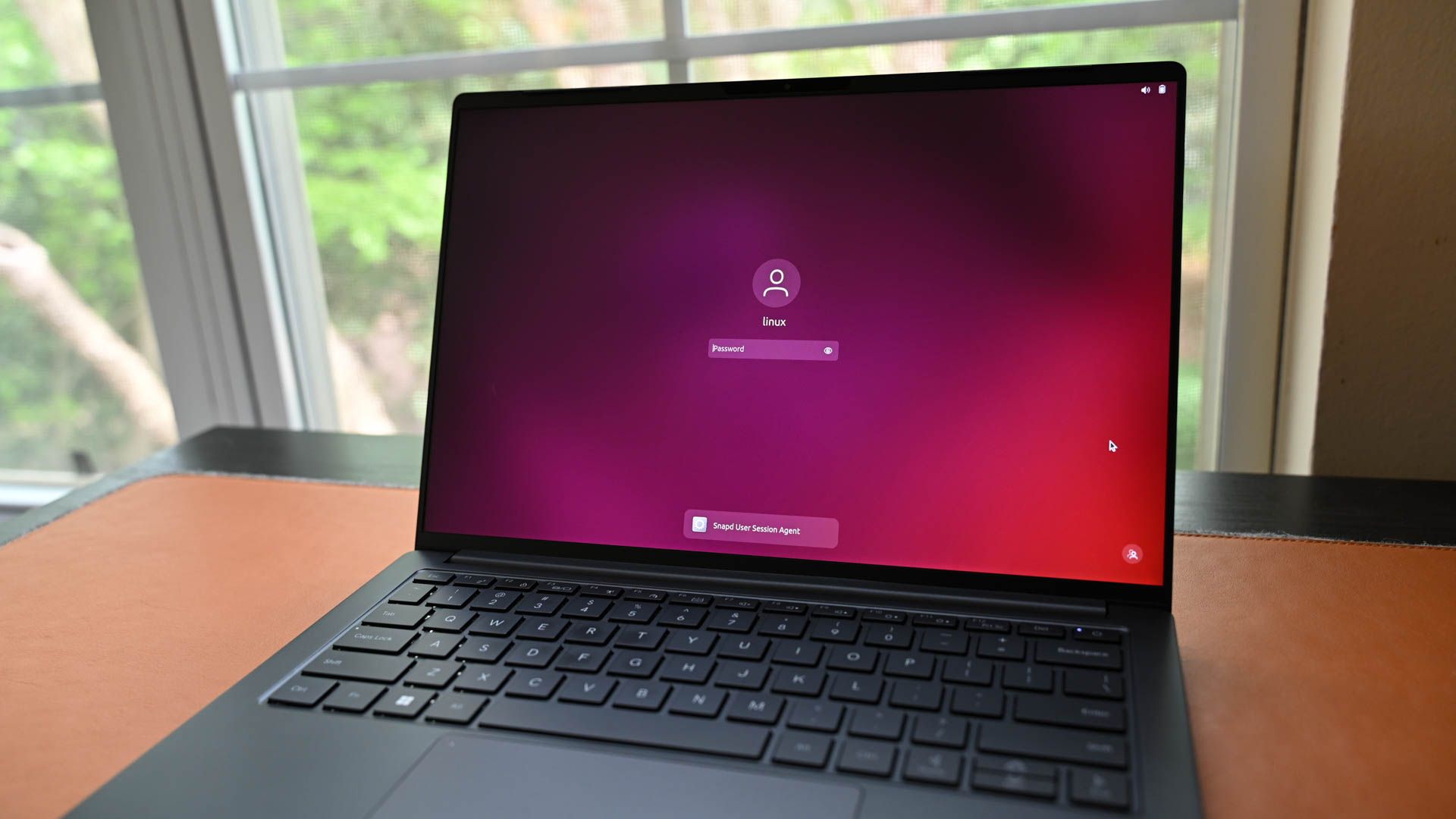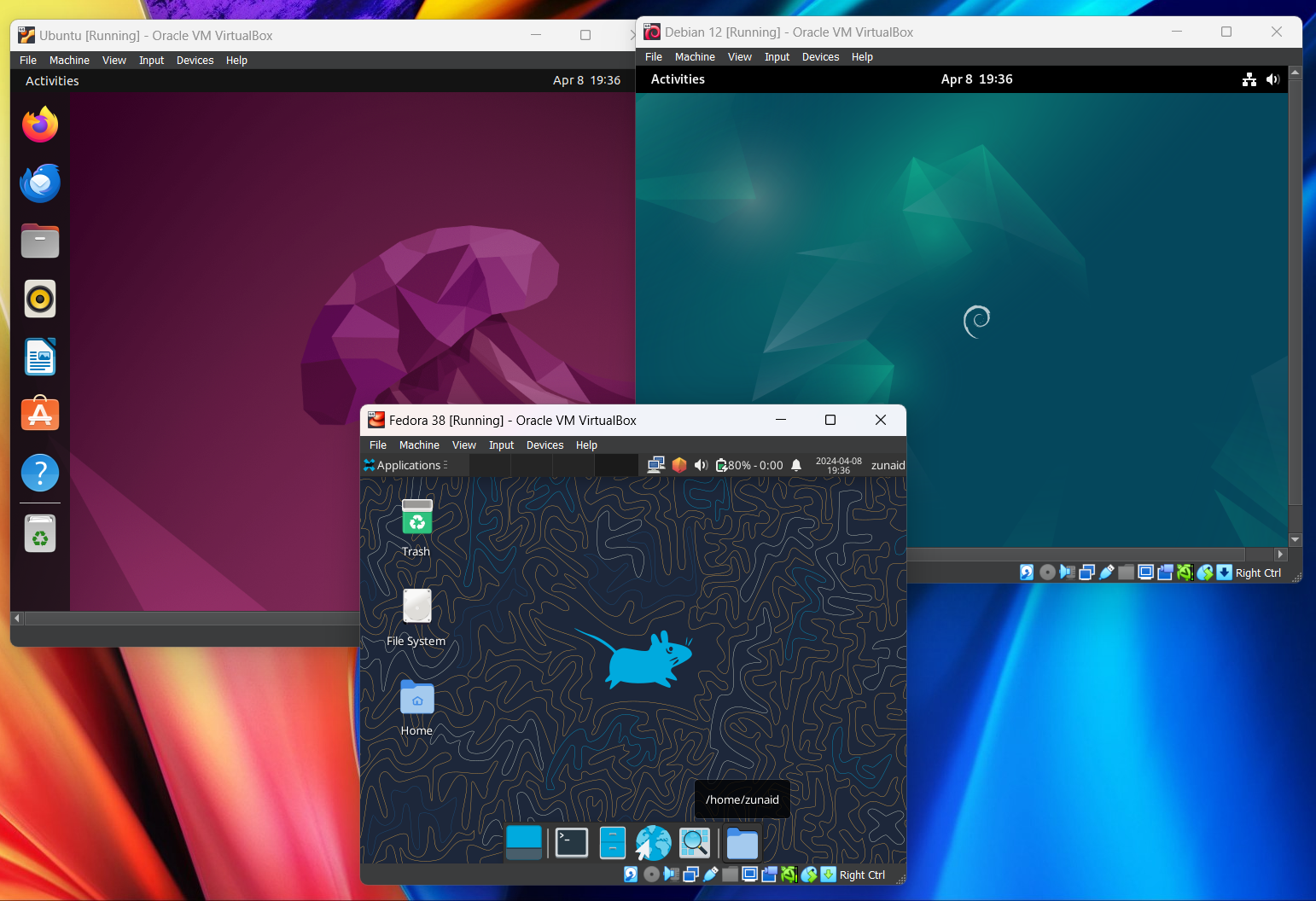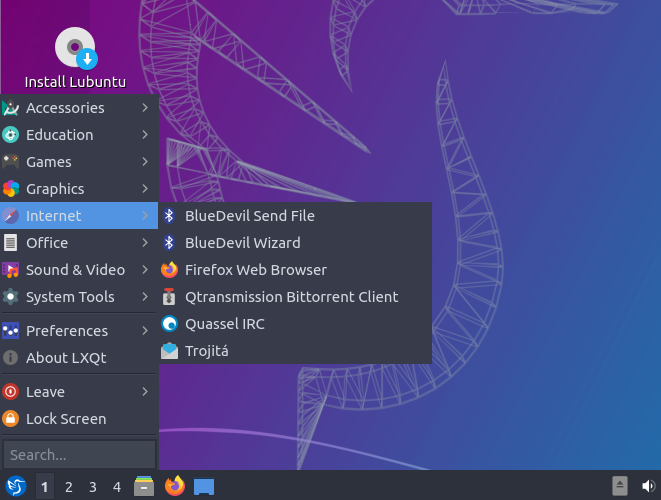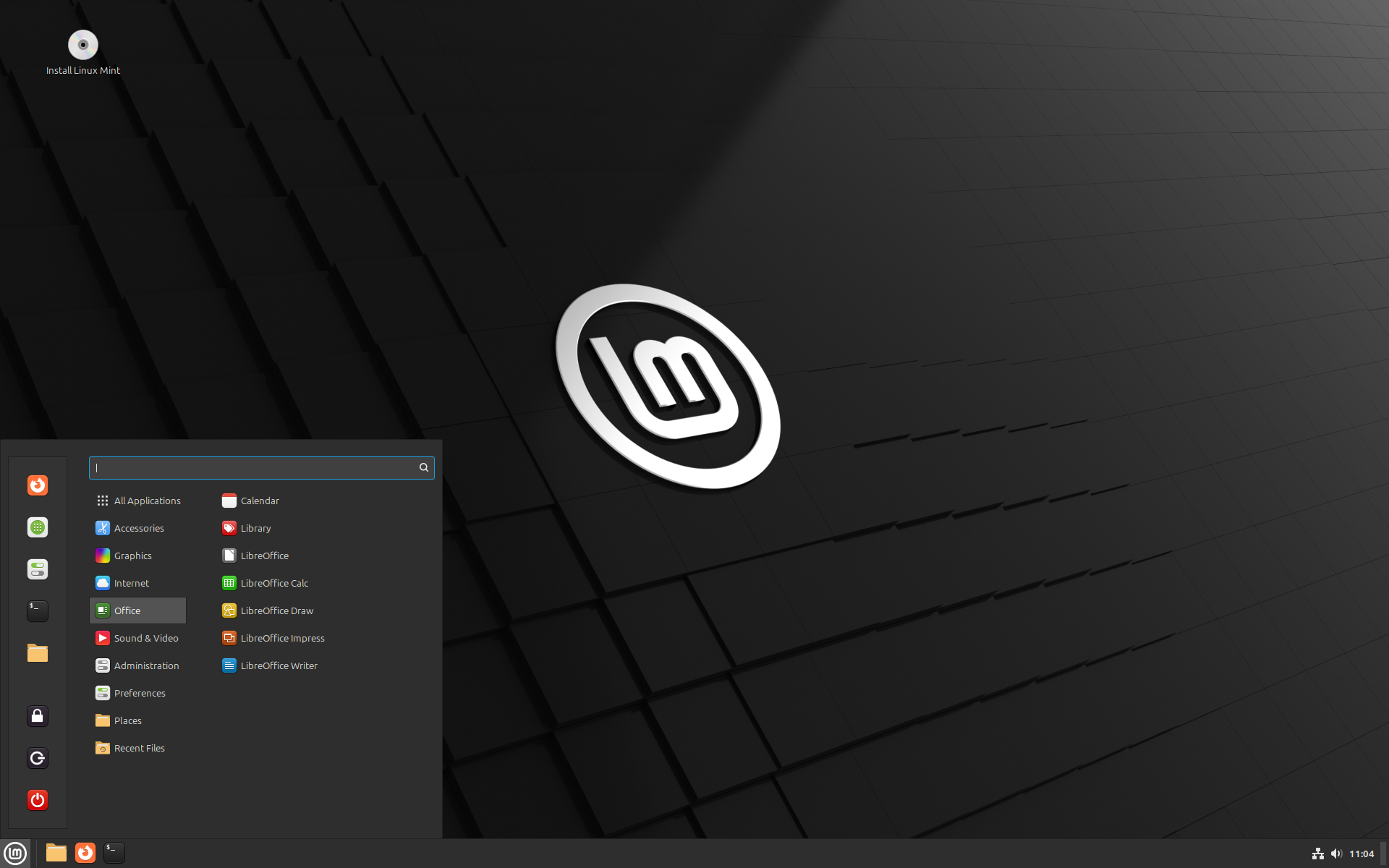Key Takeaways
- Understand your needs to find the right distro, whether it’s gaming or coding, or you have old or new hardware.
- Popular choices: Ubuntu for beginners, Linux Mint for Windows transitions, and Pop!_OS for gaming.
- Explore and experiment with live USBs or VMs before committing to a distro. There’s no one-size-fits-all choice.
Exploring the world of Linux can be like stepping into a vast new universe. With so many distributions (distros) to choose from, it’s easy to feel a bit lost. I’ll help you navigate through the options and find the right Linux distro for your needs.
Understanding Your Needs
Before diving into the specifics, let’s talk about you. What do you want out of your Linux experience? Maybe you’re after something simple and user-friendly, or perhaps you’re the type who loves getting into the nitty-gritty of customization. You might be a gamer, a coder, or just looking to revive an old PC. Understanding what you need from your distro will make your decision a whole lot easier.
The landscape was quite different when I first dipped my toes into Linux about 15 years ago. Back then, the choices differed from what’s available today, and I remember feeling pretty overwhelmed. After some research and listening to what others recommended, I went with Ubuntu.
It was the safe bet, and for someone new to Linux, that’s exactly what I needed. Fast-forward to today, and while the choices have expanded, that lesson still holds true; sometimes, going with a popular, well-supported option is the best way to start.
Popular Linux Distributions and Their Strengths
When it comes to choosing your first Linux distro, several popular options stand out, each with its unique appeal. Ubuntu is user-friendly, well-documented, and supported by a massive community, making it a common starting point for Linux newcomers.
Linux Mint offers a cozy, familiar environment that’s great for those transitioning from Windows. Its desktop setup feels just right if you’re accustomed to the Windows interface. Then there’s Zorin OS, which is polished, intuitive, and suited for users coming from Windows or macOS. It offers a sleek, out-of-the-box experience.
If you’re into gaming or need a system built for productivity, Pop!_OS is a solid option. It offers optimized performance in a clean, distraction-free environment that’s particularly appealing to developers and creatives.
Finally, there’s Fedora for the tech-savvy who love to stay on the cutting edge. Backed by Red Hat, Fedora is known for innovation and staying current with the latest software. This is a good choice if you’re into development.
Choosing Based on Hardware
Your hardware plays a big role in which distro will work best. If you’re working with an older or less powerful machine, lightweight distros like Lubuntu, Xubuntu, or Zorin OS Lite can breathe new life into your system. But if you’ve got a beefy setup, you’ll want to go with something like Pop!_OS or Ubuntu to fully take advantage of your hardware.
Ease of Use vs. Customization
Some people love a system that just works, while others crave the freedom to tweak every little detail. If you’re in the “just works” camp, distros like Linux Mint or Ubuntu will be your best bet. But if you’re the type who likes to dig into settings and make the system truly your own, Fedora might be more your speed.
Community Support and Documentation
One of the great things about Linux is the community. There’s always someone out there who’s encountered the same issue as you, and distros like Ubuntu, Linux Mint, and Fedora have particularly active and helpful communities. Whether it’s through forums, wikis, or online tutorials, the support is there when you need it.
Trying Out Distros Before Committing
The beauty of Linux is that you don’t have to settle down right away. You can try out different distros using live USBs, which let you test-drive a system without installing it. Virtual machines are another option, giving you the freedom to experiment within your existing OS. And if you’re feeling adventurous, dual-booting allows you to run Linux alongside Windows or macOS.
Making the Final Decision
You should have a clearer picture of what you’re looking for. To sum up, think about what you need, how comfortable you are with technology, the specs of your machine, and the level of community support you’re after. For beginners, Ubuntu or Linux Mint are often safe bets—they’re stable, user-friendly, and come with a ton of resources to help you get started.
In the end, there’s no one-size-fits-all answer to which Linux distro is right for you. The best distro is the one that feels right for your specific needs and preferences. Don’t be afraid to try a few out and see what clicks. Who knows? You might just find your perfect match.








